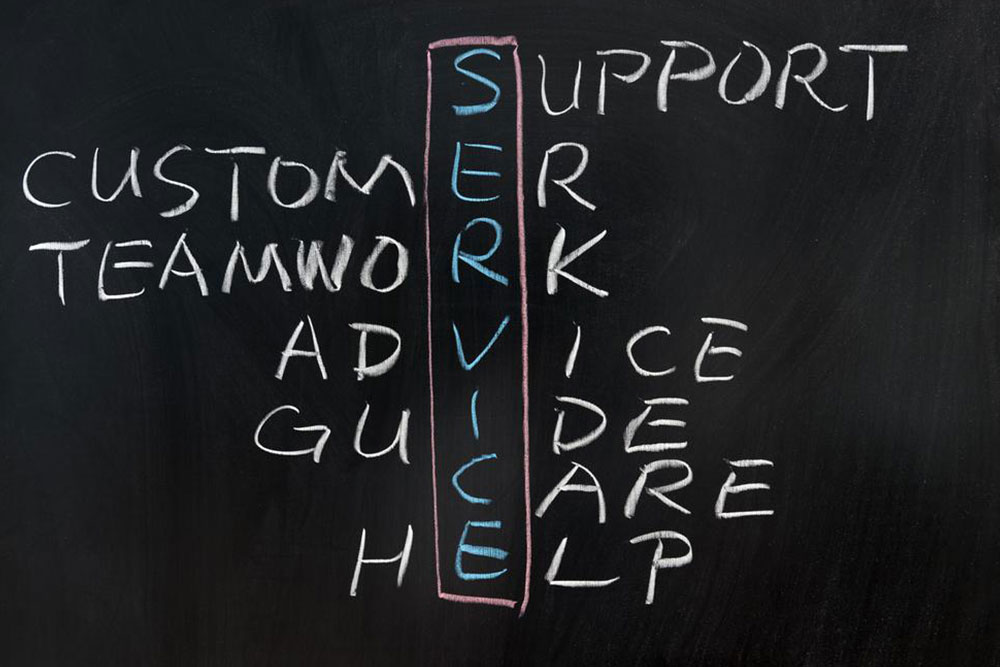The Ultimate Guide to Choosing a Reliable Power Supplier in 2024
Choosing a reliable power supplier in 2024 involves evaluating pricing, credibility, sustainability, customer support, and transparency. This detailed guide provides essential tips to help households and businesses select the best power provider, ensuring continuous, cost-effective, and eco-friendly electricity. From comparing rates to assessing customer service quality and renewable energy commitments, make informed decisions to meet your energy needs efficiently and sustainably.

The Ultimate Guide to Choosing a Reliable Power Supplier in 2024
Electricity is an indispensable component of modern life, powering everything from household appliances like fans, air conditioners, and heating systems to essential safety devices and personal electronics. Ensuring a steady, affordable, and safe power supply is crucial for both households and commercial enterprises. Selecting the right energy provider not only assures continuous electricity but also influences your overall energy costs, environmental impact, and user experience. This comprehensive guide provides in-depth strategies and important considerations to help you choose a trustworthy and efficient power supplier for your needs in 2024.
Why Choosing the Right Power Supplier Matters
In today's energy landscape, many providers offer varied plans, rates, and sustainability commitments. Making an informed choice can significantly impact your utility bills, environmental footprint, and service quality. A reliable provider ensures uninterrupted power, transparent billing, and responsive customer support, making your daily life smoother and safer.
Below are the key factors to consider when selecting your power partner:
1. Analyzing Pricing Structures and Rate Plans
One of the top priorities when choosing an electricity provider is understanding their pricing strategy. Electricity rates can fluctuate based on usage type—whether residential, commercial, or industrial—as well as time-based rates (peak vs. off-peak hours), and overall consumption. Comparing multiple providers' rates allows you to find the most economical option tailored to your specific needs.
To do this effectively, gather detailed rate plans from various companies and calculate your estimated monthly bills based on your average consumption. Many providers offer online calculators to help you anticipate costs accurately. This step ensures you select a plan that balances affordability with favorable service terms, avoiding hidden fees and unexpected charges.
2. Reputation and Credibility of the Provider
The credibility of an energy supplier is a reflection of its reliability, transparency, and customer satisfaction. Conduct thorough research by reading online reviews, checking ratings on consumer watchdog platforms, and examining customer feedback. A provider with a solid reputation is more likely to deliver consistent service and handle issues promptly.
Visit review sites and social media platforms for firsthand experiences from other users. Also, seek recommendations from friends, family, or neighbors who have firsthand experience with local providers. Their insights can offer valuable perspectives that might not be apparent through official channels alone.
3. Incentives, Discounts, and Special Offers
Many energy companies motivate new and existing customers with attractive discounts and incentives. These can include discounts for prompt bill payments, auto-bank deductions, or loyalty programs. Taking advantage of such offers can lead to substantial savings over time, reducing your overall energy expenses.
When evaluating providers, inquire about ongoing promotions, sign-up bonuses, or discounts for renewable energy options. These incentives not only save money but may also align with your values if you prioritize eco-friendly energy sources.
4. Commitment to Sustainability and Renewable Energy
Environmental concerns are increasingly influencing consumers’ choices. Opting for providers committed to sustainability can significantly reduce your carbon footprint. Look for companies that harness renewable energy sources like solar, wind, or bioenergy. Many providers publish their sustainability reports or share their renewable energy percentage, making it easier to assess their commitment.
A green energy provider demonstrates responsibility toward combating climate change and supports the transition to a cleaner energy future. Ensuring your provider uses renewable sources not only benefits the environment but also aligns your energy consumption with global sustainability goals.
5. Customer Support and Service Quality
Reliability isn’t just about consistent power supply—it also encompasses responsive customer support. A provider with excellent customer service ensures quick resolution of issues, clear communication, and accessible help channels. Check whether they offer support via multiple channels like helplines, email, live chat, and mobile apps.
Reading reviews about their responsiveness and support quality can give you insights into potential frustrations or delays. Reliable customer service enhances your overall experience and builds confidence in your provider choice.
6. Transparency Regarding Additional Charges
Beware of hidden fees that can inflate your bills unexpectedly. Some providers may levy additional charges such as network maintenance fees, environmental surcharges, demand charges, or early termination fees. It’s vital to thoroughly review the fee structure before signing a contract.
Select providers that offer transparent, straightforward billing with clear explanations of all potential charges. This transparency helps you budget accurately and prevents surprises in your monthly bills.
7. Utilization of Digital Tools and Mobile Apps
Modern technology has transformed how consumers manage energy usage. Many providers now offer dedicated mobile apps or online portals that allow you to monitor your consumption, pay bills, and access support instantly. Choosing a provider with a user-friendly app enhances convenience and gives you better control over your energy management.
Features to look for include real-time usage tracking, bill alerts, and customizable plans. These tools help you identify consumption patterns and optimize your energy use, promoting savings and efficiency.
8. Patience and Due Diligence in Decision-Making
In a competitive market, many providers advertise aggressively, tempting consumers with quick sign-ups. However, rushing into a decision without thorough research can lead to dissatisfaction or higher costs. Take your time to compare plans, read terms and conditions, and evaluate support quality.
Remember, price is just one factor. The reliability, environmental commitment, and customer service of your provider are equally vital to ensure long-term satisfaction.
Leading Power Suppliers in 2024
The energy sector boasts several reputable providers known for their reliability, competitive rates, and innovative services. Some of the most prominent companies include:
E.ON
Uniper
EnBW (Energie Baden-Württemberg)
Lechwerke (LEW)
RWE
Mainova
Encavis
PNE AG
Siemens Energy
Energiekontor
Each of these companies has established a strong presence in the energy industry, offering diverse plans tailored to different customer needs. When selecting a provider, consider your budget, energy consumption patterns, environmental priorities, and the specific services offered. Conduct thorough research, compare their offerings, and choose the one that best aligns with your expectations for 2024 to enjoy a reliable, affordable, and sustainable power supply.





